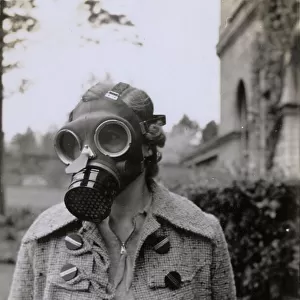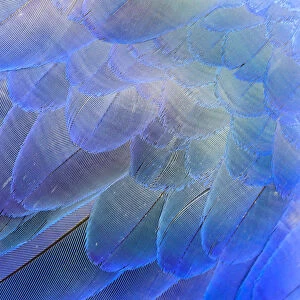Ammonite fossils, 18th century C013 / 7817
![]()

Wall Art and Photo Gifts from Science Photo Library
Ammonite fossils, 18th century C013 / 7817
Ammonite fossils. 18th-century artwork of eleven ammonite and ammonoid fossil specimens. Engraving from The natural history of Northamptonshire (1712) by English naturalist and rector John Morton (1671-1726). Morton was elected a Fellow of the Royal Society in 1703. The specimens he collected later formed part of the collections of the Natural History Museum. The dedication (lower right) is to John Moore (1646" 1714), the Bishop of Ely from 1707 to 1714. This includes the bishops mitre and coat-of-arms (three ducal coronets)
Science Photo Library features Science and Medical images including photos and illustrations
Media ID 9200001
© MIDDLE TEMPLE LIBRARY/SCIENCE PHOTO LIBRARY
1700s 1712 18th Century Ammonite Ammonoid Black And White Book Coat Of Arms Collection Dedication Engraving Fellow Of The Royal Society Fossil Fossilisation Fossilised Fossilization Fossilized Fossils Natural History Natural History Museum Page Publication Specimen Specimens Bishop Of Ely John Moore John Morton Mitre Palaeontology
EDITORS COMMENTS
This print showcases a remarkable 18th-century artwork of ammonite fossils, created by the renowned English naturalist and rector John Morton. The engraving, extracted from his publication "The natural history of Northamptonshire" in 1712, features eleven exquisite specimens of ammonites and ammonoids. These ancient marine creatures, belonging to the invertebrate family, are beautifully illustrated with intricate details that highlight their unique biological characteristics. John Morton's dedication on this artwork is directed towards John Moore, the Bishop of Ely during that time period. The lower right corner displays the bishop's mitre and coat-of-arms adorned with three ducal coronets. This illustration not only captures the scientific significance of these fossilized remains but also reflects the historical context in which they were discovered. Morton's collection eventually became part of the prestigious Natural History Museum's archives, emphasizing his contribution to zoological research and paleontology. His expertise earned him a Fellowship at the Royal Society in 1703, further solidifying his reputation as a respected scholar. This monochrome print transports us back to an era where nature exploration was intertwined with artistry and scientific discovery. It serves as a testament to both Morton's meticulous observations and artistic talent while offering us a glimpse into Earth's prehistoric past through these stunning fossilized remnants.
MADE IN AUSTRALIA
Safe Shipping with 30 Day Money Back Guarantee
FREE PERSONALISATION*
We are proud to offer a range of customisation features including Personalised Captions, Color Filters and Picture Zoom Tools
SECURE PAYMENTS
We happily accept a wide range of payment options so you can pay for the things you need in the way that is most convenient for you
* Options may vary by product and licensing agreement. Zoomed Pictures can be adjusted in the Cart.













